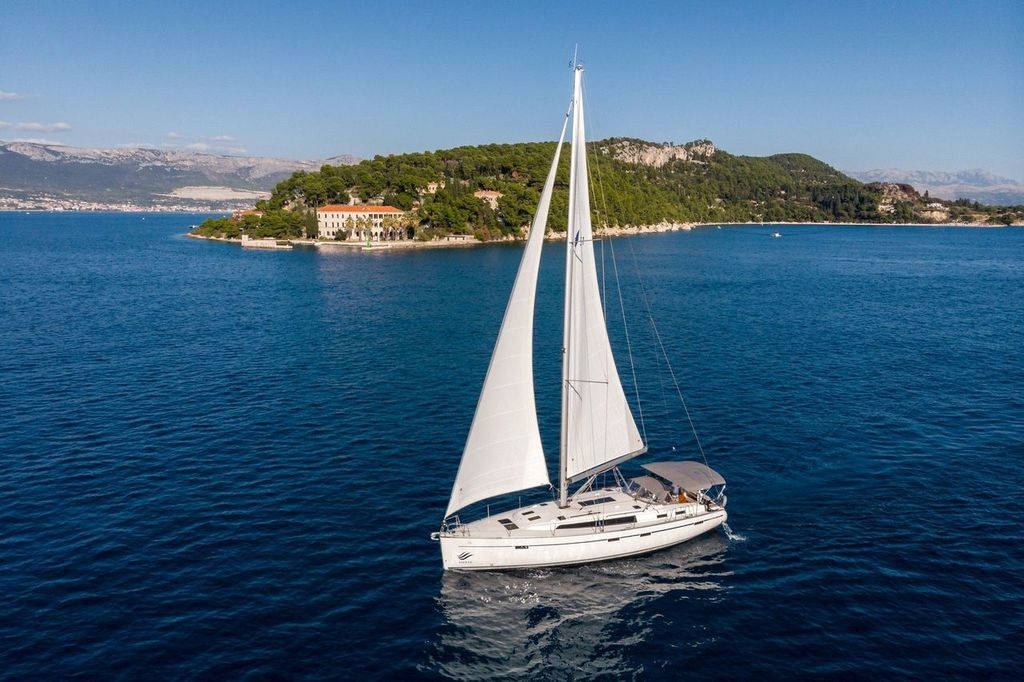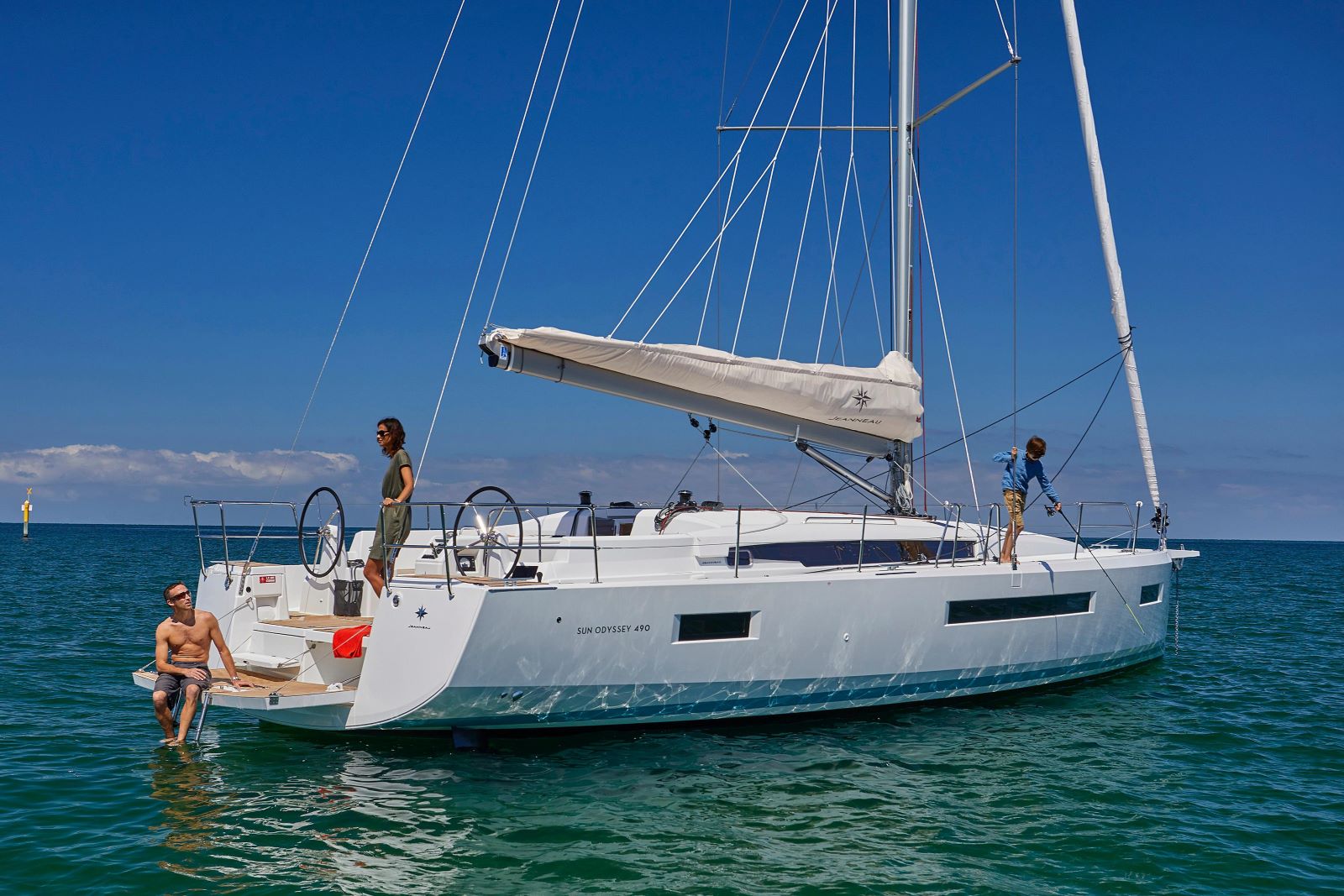
Embark on the Ultimate Luxury Escape with Crewed Yacht Charters
Planning your dream yacht holiday just got easier. Our brand-new crewed yacht charter platform gives you access to the world’s most breathtaking sailing destinations—all in one place. Whether you're drawn to the charm of the Mediterranean, the laid-back vibes of the Caribbean, or the untouched beauty of exotic islands, here you can effortlessly explore, compare, and book the perfect yacht with a full crew. This is not just a website—it is your gateway to a tailor-made journey at sea, wherever in the world the waves may take you.








